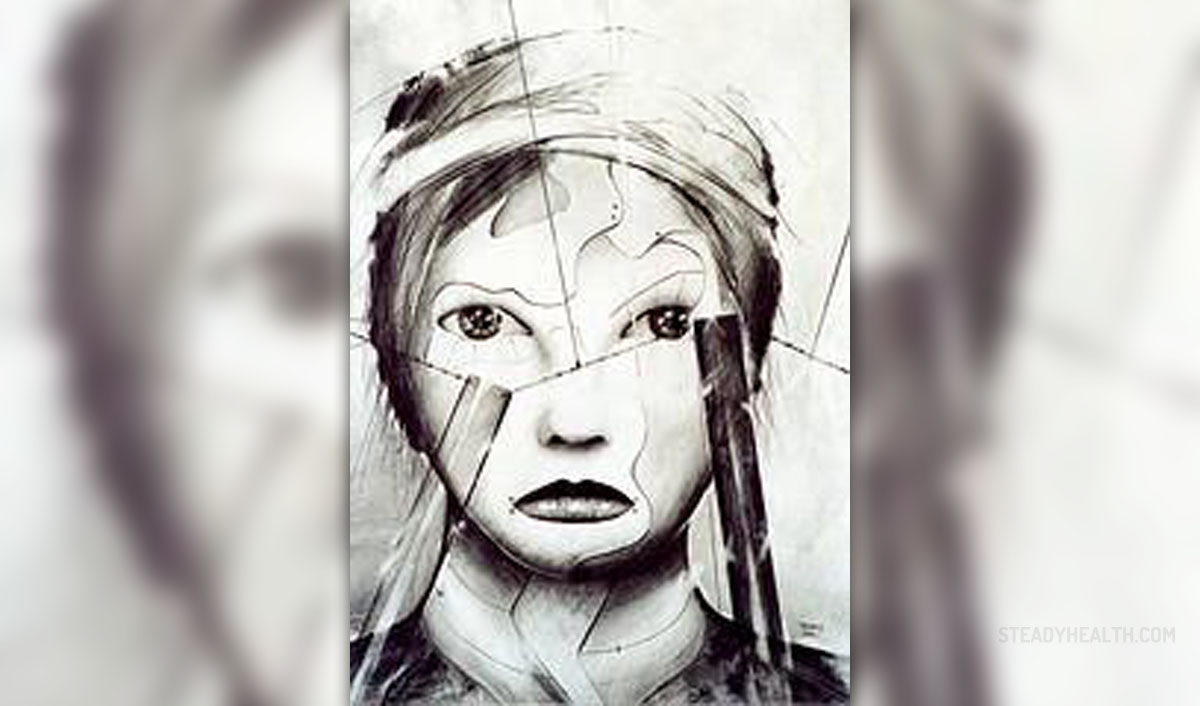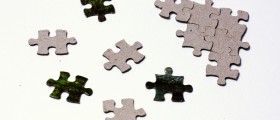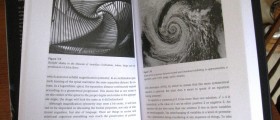
As far as personality disorders are concerned, there are many different types of these. Throughout history, with the growth and expansion of psychology and psychiatry, the category of personality disorders became more and more detailed, giving categorizations and further explanations to these forms of diseases.
One of the most common personality disorders is the multiple personality disorder. It has clear characteristics and manifestations which separate it from other conditions under this category. If you desire to learn more about this condition, the following lines will allow you that.
About Multiple Personality Disorder
What we currently perceive as the multiple personality disorder has undergone various changes, criticisms and debates, throughout the past. Even today this personality disorder is a matter of controversy since many experts doubt its very existence.
There are several personality disorders which are very similar to the multiple personality one, making it hard to stand as a category of its own.
Regardless, the multiple personality disorder appeared in Europe, during the end of the 1800s. By definition, it stems from childhood traumas which result in a split personality which helps the individual overcome these troublesome past experiences. The alternate personalities created due to this self-defense process can be numerous, developing during the course of adulthood.
In order for a person to be diagnosed with the multiple personality disorder, he/she needs to have developed at least 2 different personalities, with their own separate moods, experiences, memories and behaviors.
Usually, the form of childhood abuse which leads to the development of this condition is sexual in nature. Still, many people who were diagnosed with MPD were previously diagnosed with something else, due to the fact that MPD can lead to other personality disorders too.
Because of this relationship with other conditions leading to abnormal behavioral patterns, the multiple personality disorder was included in the third edition of DSM and not before that, having its name changed into Dissociative Identity Disorder in DSM IV.
With Whom Am I Speaking?
Since people suffering from multiple personality disorder have their own personality split into many different ones, the most interesting question of all asks which one is the dominant one. Also, scientists are quite interesting in the interactions between different personalities within a single person, as well as in the awareness of a single personality of the present of other personalities.
Interestingly, people suffering from multiple personality disorder do not have a single set identity characteristics which stand above all the split identities. Rather, each of the identities has its own cognitive patterns. Some cases of this condition involved people with just 2 different personalities while others manifested through up to 20 different people locked in a single person.
Sometimes, different personalities may be completely unaware of the presence of one another. On the other hand, the personalities may work against each other, undoing the processes which their rival identity has done. Also, malignant personalities may exists uncontrolled by the positive ones, leading to series of negative events. Therefore, it is very important to learn how exactly can all the personalities inside a person suffering from a multiple personality disorder interact.
For all that we know, some split personalities may actively share the body of a person, functioning in unison while some others may get in conflicts and to opposite things.
Fictions of Dissociative Identity Disorder
Due to the popularization of this disorder in recent times, many misconceptions have been developed, confusing people and giving improper information. Most commonly, some people claim that the multiple personality disorder and the dissociative identity disorder are the same. However, as far as this topic is concerned, many experts agree and disagree upon it. Quite often, a single expert agrees with the comparison, negating it at the same time.
The truth is that more identifications and classifications are needed in order to create a clear distinction between the two disorders.
Additionally, the modern media only make this lack of distinction vaguer, since they create movies and other forms of entertainment programs encompassing people who supposedly suffer from either multiple personality disorder or the dissociative identity disorder, presenting them as criminals, murderers or even some form of supernatural beings. Surely, these disorders have been connected to criminal activities in some cases. Yet, this is not an exclusive factor, even though many people may adopt this negative perception through the popular entertainment media.
All in all, we are yet to completely understand the multiple personality disorder. So far, we have a specific criteria for it, containing all the distinctive feature of this condition and the requirements for a proper diagnosis. However, the multiple personality disorder can often manifest hand-in-hand with other disorders of this type, sharing the characteristics of these too, making it hard or impossible to draw the line of categorization or distinction.
Thus, we can only hope that we can understand this product of child abuse and its effect on the personalities of humans more in the years to come.

















Your thoughts on this
Loading...